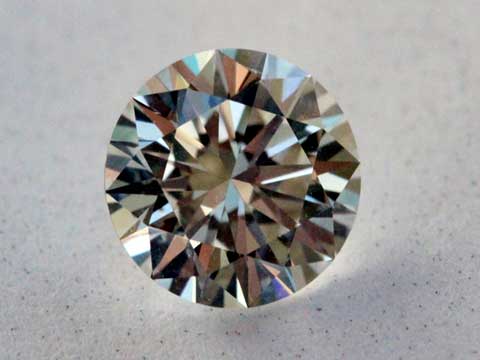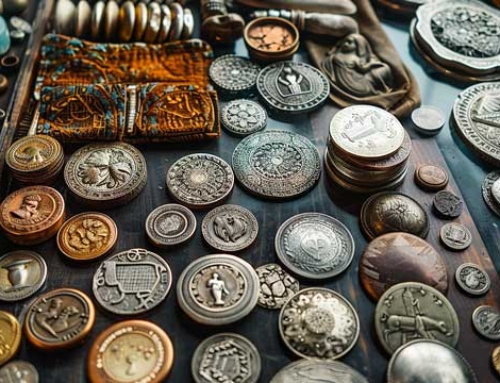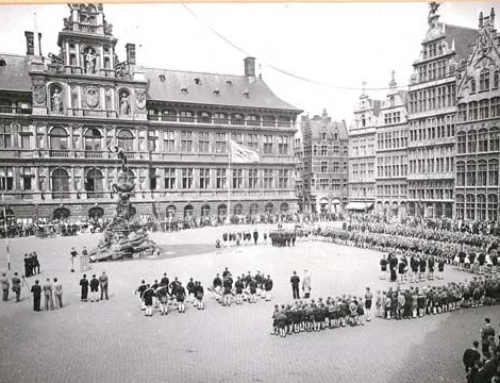Do you know what the difference is between a brilliant and a diamond? It could be a quiz question…. The fact is that brilliants and diamonds are often confused with each other. To give you a hint, it has to do with whether or not they are polished. If you want to know more, you’ll have to read on…
What is the difference between a diamond and a brilliant? The main thing you need to know is that a brilliant is the abbreviation for brilliant cut, and thus refers to a way of polishing a diamond.
Diamond is hardest kind of stone
A diamond is the hardest known rock, actually a carbon compound, highly sought after for its hardness and dazzling beauty. Diamonds are used both in industry where the hardness of this material is appreciated, as well as by jewelry designers who like to show off these shimmering stones.
Brilliant is a cut
Many confuse the diamond with a brilliant, but then we are in fact talking about a way of cutting that increases the light reflection and radiance of the diamond.
The phenomenon of the brilliant is of fairly recent date. Until deep into the 17th century, diamond merchants could only cleave their diamonds, using the natural fracture surfaces already present in the diamond to polish it very carefully. This resulted in many accidents and less than perfect diamonds, and diamonds were not yet widely used in jewelry because the material was too difficult to work.
Until the 19th century, diamonds were polished in the shape of a rose. This had the disadvantage that the light reflection was then much lower, but this lack was compensated for by applying colored foil behind the stone.
Cleavage
The discovery of brilliant, which is actually an abbreviation for brilliant-cut, brought a solution. In brilliant-cut stones, the cleavage (the underside of the diamond) is left open and the stone is set by metal teeth (what the French call “à jour” or “in the daylight“).
Table cut, marquise and cabochon
There are other polishing methods that have since become popular with diamond dealers. For example, we know the forms table cut, marquise and cabochon.
Peculiar to a brilliant cut diamond or brilliant is that it reflects a maximum amount of the incoming light with its 57 triangular and diamond shaped facets. That light enters through the “table” (the flat octagonal top surface) and is then reflected by the facets many times whereby a double refraction occurs whose angle is unique to each mineral and gemstone.
For the further development of the diamond, the modern brilliant cut was a blessing. This form of cut originated around 1910 from the so-called old brilliant cut of the previous century.
This old brilliant cut had a circular burr with at least 32 facets and the table in the upper part with at least 24 facets (possibly with cleavage, the point-shaped flattened spire) at the lower part.
Brilliant is a protected designation
The designation brilliant without addition may be used only for round diamonds with a brilliant cut. All other cuts must be indicated as such. This therefore gives the buyer some protection.
In fact, in the trade and in the vernacular, all cut diamonds are usually referred to as brilliant, and not only those diamonds with a brilliant cut.
Even more impressive than the brilliant cut…. the ideal cut
Passionate about the diamond cutting process, Marcel Tolkowsky lived to the age of 92 leaving behind a remarkable legacy in the diamond industry. The well-known mathematician and gemologist scientifically established the best formula to cut and polish a round brilliant diamond. Find out the fascinating history of the most brilliant cut diamond along with the man who has changed the diamond cutting industry forever.
Once light enters the facets of the round brilliant diamond the extraordinary cut, mathematically formulated by Marcel, comes to life. The light combined with the cut has a unique way of maximising the fire, brilliance and scintillation of the diamond. With Marcel’s formula, diamond cutters were able to achieve the desired diamond cut.
The Ideal Cut consists of 58 perfectly proportioned diamond facets; 33 facets are on the crown or above the diamond’s girdle and the other 25 facets are located on the pavilion, known as the conical base of the diamond. Marcel’s formula has been used as a diamond cutting guideline for many years with a few different interpretations of the Ideal Cut.







